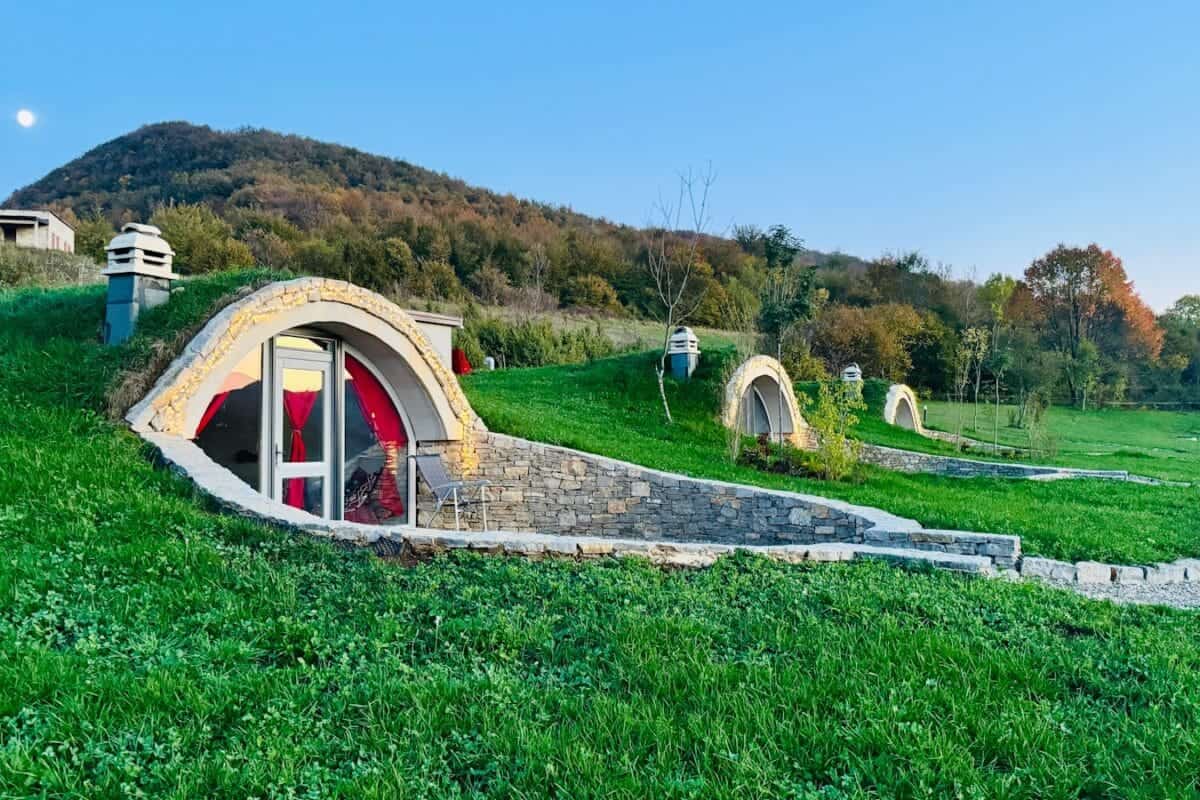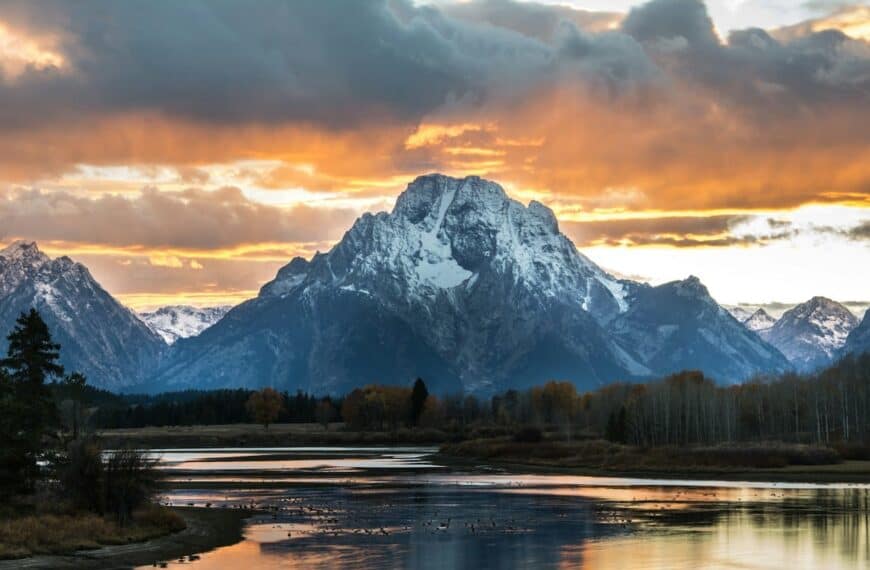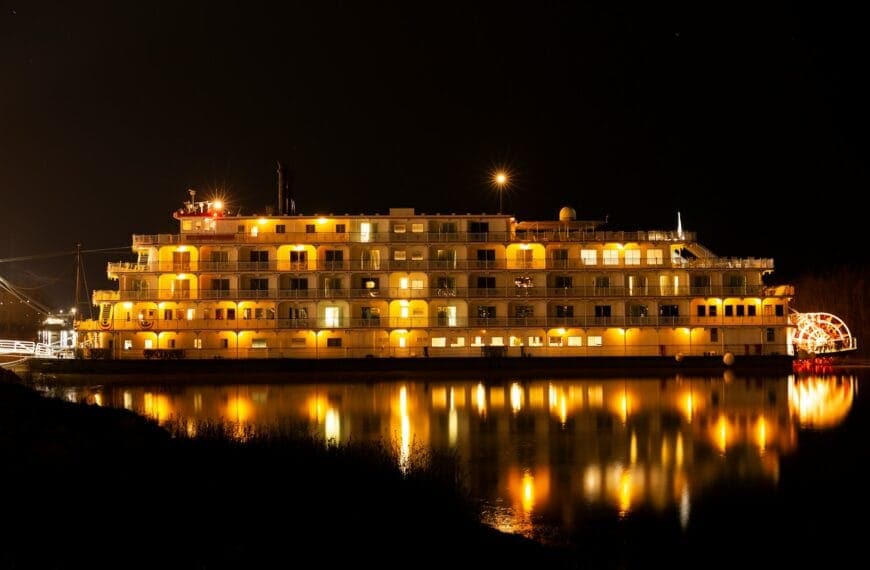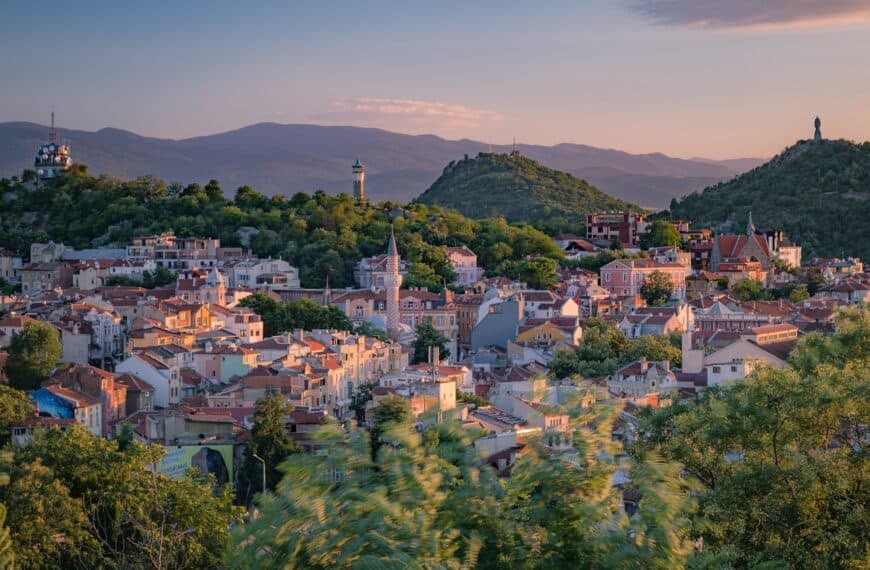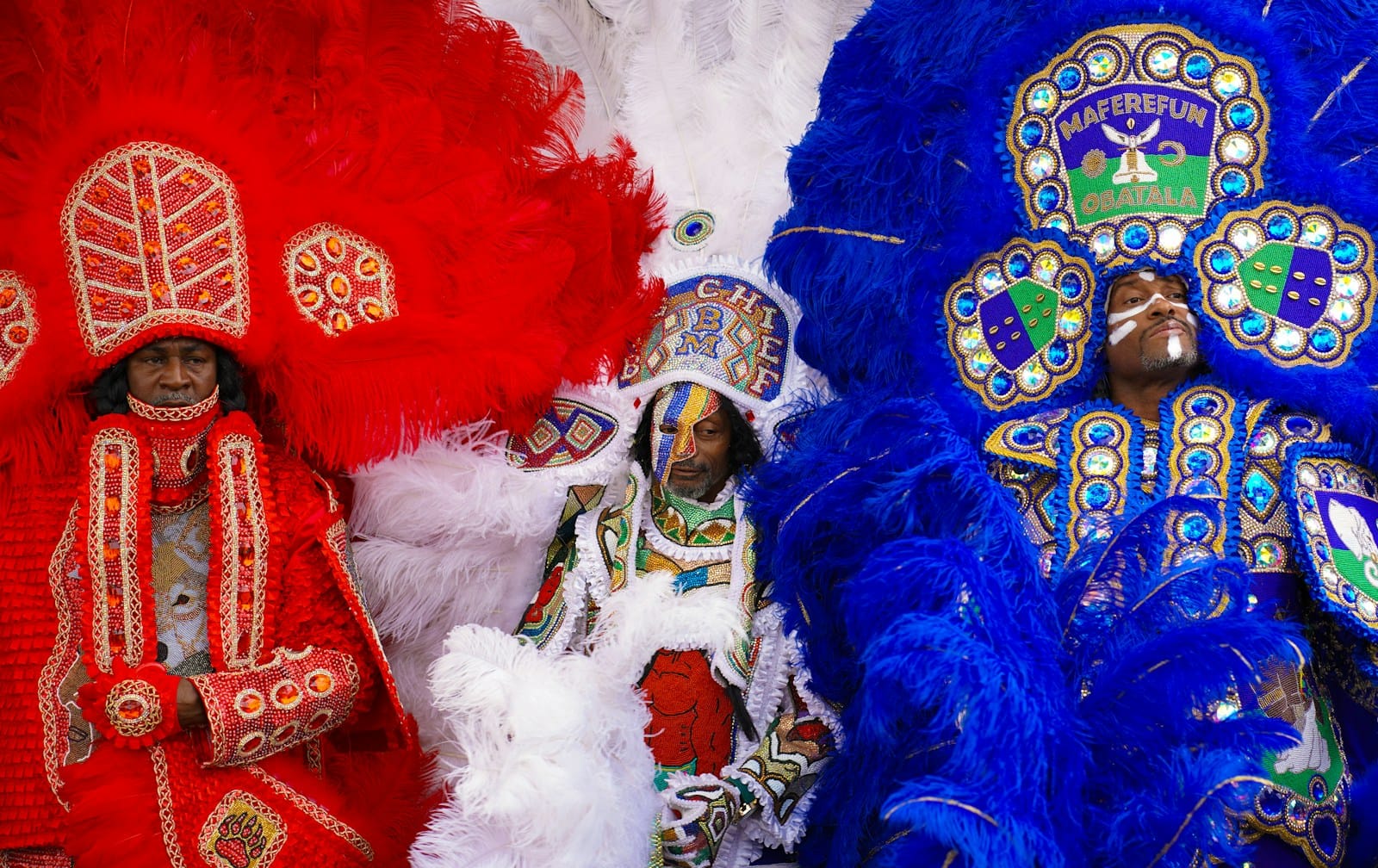Kosovo Travel Guide: Balkan Spirit & Untold Stories
Intro to Kosovo Travel Guide
Kosovo is one of Europe’s youngest countries — yet its landscapes, traditions, and cities whisper centuries of history. This landlocked Balkan nation blends Ottoman mosques, medieval monasteries, snow-capped peaks, and an emerging youth-driven culture all in one surprisingly accessible destination.
Despite its past, Kosovo today is safe, welcoming, and filled with vibrant energy. You’ll find coffee-fueled capital buzz in Pristina, stone bridges and Byzantine relics in Prizren, and outdoor adventures in the Rugova Mountains — all with fewer tourists and lower costs than almost anywhere else in Europe.
Start planning with our complete Kosovo Travel Guide — featuring regional highlights, authentic experiences, safety tips, cultural etiquette, costs, and expert planning advice for your Balkan journey.
Places to Explore in Kosovo
Gjakova | Gjilan | Gračanica Monastery | Mitrovica | Peja (Peć) | Pristina | Prizren | Rugova Canyon | Šar Mountains National Park | Ulpiana (ancient ruins)
💡Quick Facts:
Destination: Kosovo
Continent: Europe
Country: Republic of Kosovo (partially recognized state)
Area: 4,212 mi² (10,887 km²)
Population: ~1.8 million
Capital: Pristina
Regions: Pristina, Gjilan, Gjakova, Mitrovica, Peja, Ferizaj, Prizren
Official Languages: Albanian, Serbian
Regional Languages: Bosnian, Turkish, Romani, Gorani
Currency: Euro (EUR, €)
Time Zone: Central European Time (CET), UTC +1; Daylight Saving Time observed
Climate: Continental with cold winters, warm summers, and mountain microclimates
Known For: Ottoman-era towns, Rugova Canyon, Prizren fortress, Gračanica Monastery (UNESCO), vibrant café culture, political history
🛂Arrival Info:
Entry Requirements: Visa-free entry up to 90 days for EU, Schengen, U.S., UK, Canada, and many other nationalities. Some travelers require a visa.
Visa Information: Republic of Kosovo Ministry of Foreign Affairs – Visa Requirements
Main Airport: Pristina International Airport (PRN).
Access Points: Land borders with Albania, Montenegro, North Macedonia, and Serbia (entry from Serbia without prior Kosovo stamp may cause issues when re-entering Serbia).
Required Documents: Passport valid for at least 3 months beyond stay; onward or return travel proof may be required.
🏥Health Info:
Vaccines: No mandatory vaccines; routine European travel vaccinations recommended.
Healthcare Access: Public hospitals in major cities; private clinics available in Pristina and Prizren.
Emergency Care: Available in urban areas; quality variable.
Risks: Tap water sometimes unreliable; bottled water recommended. Summer heatwaves can cause dehydration.
🚑 Check travel insurance options for travel emergencies, delays, and medical needs abroad — Get coverage here
💉 Stay Informed with Official Updates: WHO – International Travel & Health | CDC – Travel health updates
🚨Travel Advisory:
Safety Level: Generally safe; exercise caution during political demonstrations.
Crime Risks: Petty theft in busy markets and transport hubs; violent crime rare.
Road Safety: Roads improving but rural areas may have poor maintenance.
Regional Advisory: Tensions remain with Serbia regarding border recognition; travelers should check advisories before visiting.
🌍Track Real-Time Official Updates: US Travel Advisory | UK Foreign Travel Advice | Government of Canada | NZ SafeTravel
🥳Holidays:
New Year’s Day: January 1–2
Independence Day: February 17
Constitution Day: April 9
International Workers’ Day: May 1
Eid al-Fitr: Date varies
Eid al-Adha: Date varies
Christmas Day (Orthodox & Catholic): January 7 & December 25
💰Visitor Info:
Currency: Euro (EUR, €)
Payments: Credit cards accepted in larger cities; cash preferred in rural areas.
Average Costs: Budget €25–40/day; mid-range €50–80/day; luxury €100+ per day.
Tipping Customs: 5–10% in restaurants is customary.
Tourist Taxes: Small accommodation taxes may apply.
🛫Airports:
Pristina International Airport (PRN): Main gateway with flights to European cities.
🧳 Delayed or canceled flight? Check if you’re eligible for compensation
🚍Transport:
Rail: Limited services; Pristina connected to Skopje and regional towns.
Buses: Reliable, inexpensive network connecting all towns and cities.
Driving Laws: Drive on the right; headlights required at all times.
Car Rentals: Available in Pristina and at the airport.
🚗 Book reliable airport transfers and in-city rides in advance. Reserve your ride here
🛰️Connectivity:
Mobile Coverage: Good across cities; weaker in rural mountain areas.
Wi-Fi Access: Available in hotels, cafes, and restaurants.
Local Carriers: Vala, Ipko.
eSIM/SIM: Widely available in Pristina and other major cities.
🛜 Stay connected abroad with affordable eSIM data packs. Get your eSIM here
📜Laws & Etiquette:
Drinking Age: 18 for alcohol.
Smoking Laws: Prohibited indoors in public spaces but often not strictly enforced.
Dress Code: Casual; modest attire in rural and religious areas.
Cultural Etiquette: Hospitality is highly valued; greet with “Mirëdita” (hello). Respect both Albanian and Serbian cultural traditions.
👮Emergency Info:
Emergency Number: 112 (general), 192 (police), 194 (ambulance), 193 (fire).
Tourist Assistance: Visitor information centers in Pristina and Prizren.
Main Hospitals: University Clinical Center of Kosovo in Pristina; regional hospitals in Gjilan, Peja, and Prizren.
Embassies: Located primarily in Pristina; some countries operate through embassies in neighboring states.
🏛️ Use embassy locator tools: Embassies Worldwide
🌞Weather:
Climate: Continental with Mediterranean influences in valleys.
Best Season: May–September for warm weather and festivals; December–March for skiing in Brezovica.
Average Temperatures: Winter 25–40°F (-4 to 5°C); summer 75–90°F (24–32°C).
Rainfall: Heaviest in spring and autumn.
Snowfall: Common in mountains, enabling winter sports.
🌦️ Stay prepared—check the weather forecast for your destination — Weather Forecast
Kosovo by Region – Where to Go
Kosovo’s small size means you can experience both alpine wilderness and Ottoman architecture within a few hours’ drive.
Pristina Region
- Pristina – The capital city is full of contrasts: brutalist buildings, Ottoman relics, and Europe’s youngest population driving cafes, galleries, and nightlife.
- Gračanica – Just 20 minutes from Pristina, home to a stunning 14th-century Serbian Orthodox monastery.
Prizren Region
- Prizren – The cultural capital of Kosovo and its most beautiful city. Ottoman bridges, mosques, churches, and festivals all center around its historic Old Town.
- Prevalla Pass – A scenic road linking Prizren and Brezovica with hiking access.
Peja (Pec) Region
- Peja – Gateway to the Rugova Canyon and Kosovo’s top adventure base. Visit monasteries, waterfalls, and climb into the Albanian Alps.
- Rugova Mountains – Excellent hiking, ziplining, and multi-day trails leading toward Montenegro and Albania.
Gjakova Region
- Gjakova – A historic city with Kosovo’s oldest bazaar (Çarshia e Madhe), Ottoman bridges, and a relaxed atmosphere.
Mitrovica Region
- Mitrovica – A divided city along ethnic lines, known for its symbolic bridge and political complexities. Interesting but sensitive area for experienced travelers.
Ferizaj & Gjilan
- Ferizaj – Known for the rare sight of a church and mosque sharing a courtyard. A local stop on the route to Skopje.
- Gjilan – A traditional southeastern town surrounded by rolling countryside.
Top Places to Visit in Kosovo
Historic & Cultural Cities
- Prizren – Stone bridges, Ottoman bazaars, and Balkan music festivals.
- Gjakova – Artisan heritage and atmospheric cafes in a centuries-old bazaar.
- Pristina – A modern-meets-ancient capital with a fiercely proud youth culture.
Outdoor & Nature Escapes
- Rugova Canyon – Hiking, rock climbing, and canyons carved by glacier-fed rivers.
- Brezovica Ski Resort – Kosovo’s winter sports hub, affordable and uncrowded.
- Prevalla & Shar Mountains – Summer wildflowers, alpine lakes, and walking trails.
Spiritual & Heritage Sites
- Visoki Dečani Monastery – A UNESCO-listed 14th-century Orthodox monastery in Peja.
- Gračanica Monastery – A masterpiece of medieval Serbian fresco art near Pristina.
- Sinan Pasha Mosque (Prizren) – Ottoman elegance overlooking the city skyline.
How to Choose Where to Go in Kosovo
- For culture and history: Focus on Prizren, Gjakova, and Pristina.
- For outdoor adventures: Head to Peja and the Rugova Mountains.
- For spiritual sites: Visit Gračanica and Dečani Monasteries.
- For Balkan festivals: Time your trip with the Dokufest Film Festival in Prizren or Beer Fest in Pristina.
You can see the country’s highlights in under a week — but spend longer to dive deeper into its people, politics, and nature.
How to Get Around Kosovo
Travel is easy and affordable, though schedules can be loose:
- Buses – Regular and inexpensive connections between cities like Pristina, Peja, and Prizren.
- Minibuses (furgons) – Common in rural areas; ask locals for routes and times.
- Taxis – Cheap for short city rides, but agree on price before entering.
- Car rentals – Best for exploring mountain regions like Rugova or Prevalla.
- Walking – Cities like Prizren and Gjakova are best explored on foot.
Kosovo’s road network is improving, but signage is often in Albanian or Serbian — GPS is essential for drivers.
Travel Budget & Costs in Kosovo
Daily Budget Estimates:
- Budget: $20–35/day (hostels, bakeries, buses)
- Mid-range: $50–80/day (guesthouses, taxis, restaurant meals)
- Luxury: $100–200/day (boutique hotels, private guides, gourmet dining)
Sample Prices:
- Intercity bus (e.g., Pristina to Prizren): $5
- Guesthouse in Prizren: $20–40
- Cappuccino: $1
- Three-course dinner: $10–15
- Entry to most museums or monasteries: Free to ~$3
Money-saving tips:
- Use local bakeries for budget meals
- Stay in family-run B&Bs or apartments
- Travel off-season or mid-week for cheaper stays
Best Time to Visit Kosovo
Spring (April–June):
- Flowers in bloom, ideal hiking temperatures, and lively local festivals
Summer (July–August):
- Warm and festive, especially during Dokufest and mountain escapes in Rugova
Autumn (September–October):
- Great for photography, food festivals, and quieter trails
Winter (December–February):
- Brezovica Ski Resort opens; good for snow lovers and budget travelers
Must-See Experiences in Kosovo
- Watch sunset from Prizren Fortress, overlooking the tiled rooftops
- Take a road trip through Rugova Canyon with dramatic cliff tunnels
- Hike from Peja to the Montenegrin border on the Peaks of the Balkans trail
- Explore the Great Bazaar of Gjakova, Kosovo’s oldest marketplace
- Sip macchiatos in Pristina, the “caffeine capital” of the Balkans
- Visit Dečani Monastery, guarded by NATO troops and full of mystical frescoes
- Stroll the Old Stone Bridge in Prizren, especially at dusk
- Join a rakia toast with locals in a traditional kafana
Explore unforgettable Kosovo tours and discover things to do in Kosovo that blend history, nature, and modern Balkan spirit.
Best Travel Itineraries in Kosovo
Classic Kosovo – 5 Days
- Pristina → Prizren → Gjakova → Peja
See major cities, monasteries, and mountain views.
Cultural Kosovo – 7 Days
- Pristina → Gračanica → Prizren (for Dokufest) → Gjakova
Focus on history, heritage, and living traditions.
Outdoor Kosovo – 8 Days
- Peja → Rugova Mountains → Brezovica → Prevalla
Perfect for hikers, photographers, and nature lovers.
Kosovo + Albania Combo – 10 Days
- Pristina → Prizren → Valbona (Albania) → Theth → Shkodër
An epic cross-border mountain and heritage loop.
Local Cuisine & Culinary Experiences
Kosovar food is rich, hearty, and influenced by Turkish, Albanian, and Balkan traditions.
Must-Try Dishes
- Flija – Layered crepe-like pastry cooked over fire
- Pite – Cheese or meat-filled pie served hot
- Sarma – Stuffed grape or cabbage leaves
- Tava e Prizrenit – Meat and vegetables baked in clay
- Qebapa – Grilled minced meat sausages with flatbread and onions
- Baklava – Served during celebrations and holidays
Drinks to try:
- Rakia – Traditional fruit brandy, often homemade
- Turkish-style coffee or macchiato – Served in nearly every cafe
- Peja Beer – Kosovo’s favorite local brew
Dine in old-town taverns, family-run guesthouses, or outdoor cafes in Pristina and Prizren.
Travel Safety & Cultural Etiquette in Kosovo
Safety Overview
- Kosovo is safe and friendly, especially in tourist regions
- Minor theft is rare; violent crime is almost nonexistent
- Mitrovica remains politically sensitive — visit only with awareness
Cultural Etiquette
- Dress modestly in rural or religious areas
- Respect religious diversity — Islam, Orthodox Christianity, and Catholicism coexist
- Ask before photographing people, especially near religious sites
- A handshake is standard greeting; men may not shake hands with women unless initiated
Kosovo is welcoming, and hospitality runs deep — visitors are often treated like family.
Where to Go Next – Pair Kosovo with These Destinations
- Albania – Cross to Valbona via Prizren or head south to Tirana.
- North Macedonia – Just an hour from Pristina to Skopje.
- Montenegro – Combine Rugova with Plav or Rožaje hikes.
- Serbia – Land crossings to Novi Pazar and Niš, with political context considered.
- Bosnia & Herzegovina – Overland travel through Montenegro or North Macedonia.
Albania | Montenegro | North Macedonia | Bosnia and Herzegovina | Serbia
Final Planning Checklist for Kosovo
- Most travelers don’t need a visa — check online for your country’s status
- Book buses or car rentals early in summer
- Carry Euros (EUR) — Kosovo uses the euro, though not part of the EU
- Download offline maps and translator tools for rural areas
- Prepare for limited signage and occasional road delays
- Respect monastery dress codes (covered shoulders, quiet voice)
- Learn key Albanian phrases: “Faleminderit” (thank you), “Mirëdita” (good day)
- Stay open — this country rewards curiosity with deep connections
Explore Kosovo with confidence using our trusted tips, local insights, and region-by-region planning tools.
For more expert travel tips, practical strategies, and trusted tools — visit our Homepage and get inspired for your next trip.

